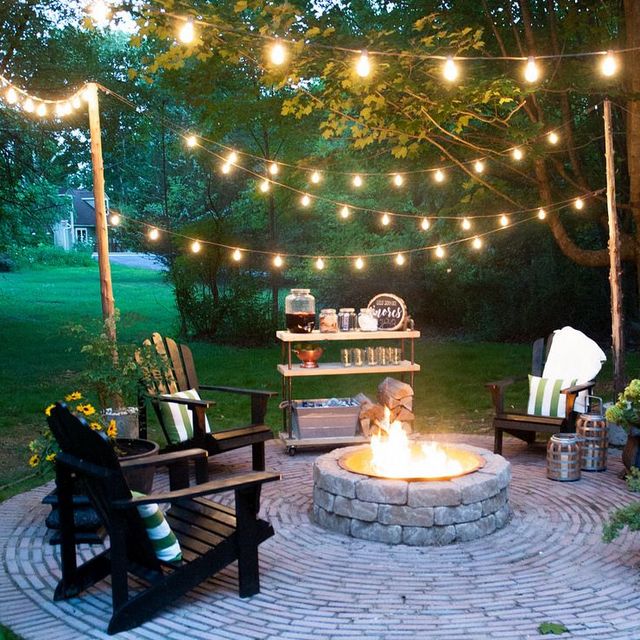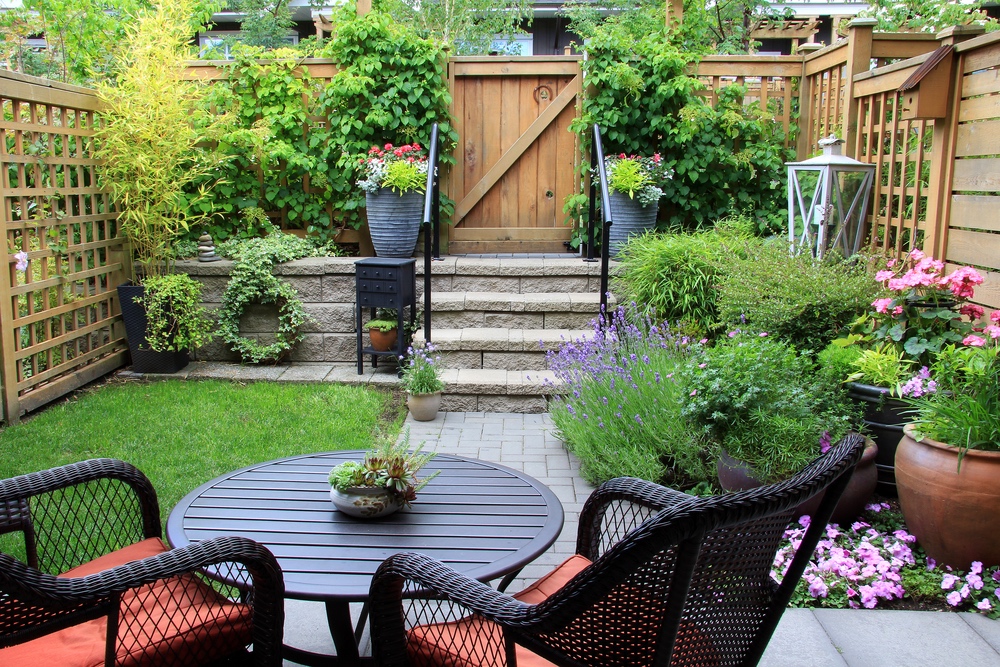Your garden is the place you will love when the sun goes down. It’s the place where you want to spend your time with your family, where you want to do all those barbecues. Your garden can be either one of two, a beautiful paradise or a hell of a lot of unfinished work. Some people have a second garden because they don’t want to make it beautiful. If you’re not someone like that, then I’ll give you some advice on how to light up your garden.
Adding new elements to your garden can be a great way to connect with children, young and old, whether by doing small crafts (like the rock caterpillar below) or tackling larger projects, such as building a garden trellis to create a space for escape or outdoor study.
So, if you are looking to beautify your existing garden or gathering ideas for a brand new landscaping project, we have found creative and inexpensive ways to add bright colors to your garden.
1. Collect pumped plants
A single plant with large leaves or flowers is enough to create a striking focal point. Opt for large plants such as Sum & Substance Hosta, Elephant Ears, Annabelle Hydrangea and Shrub Roses to fill a lot of ground without having to dig painful holes.
2. Improving year-round attractiveness
Incorporate conifers – such as glossy boxwood and holly, pyramid pines, false cypresses with filiform leaves, globular arborvitae and broad-leaved junipers – into your landscaping. They will look beautiful from spring to fall and, most importantly, will bring a green color and remarkable structure to winter landscapes.
3. Look up
Install trellises, obelisks, trellis panels, and bamboo or twig tipis to draw the eye to the sky – and as omens of climbing vines to come.
4. Making the place attractive
Show people where to enter by installing an arbor at the end of your main driveway. Or frame the passageway with a pair of urns planted with topiary statues.
5. Mix colors and shapes
Increase interest by adding a weeping cherry, very fine dwarf juniper, a Japanese maple with glossy foliage and shrubs with variegated, chartreuse or purple leaves.
6. Reconstructing the mulch
Refresh tired landscapes by spreading shredded bark, wood nuggets or shredded leaves around your border plants. Use decorative stone mulch or recycled glass mulch over weed control fabrics to anchor birdbaths or other free-standing garden ornaments or to border small ponds and rock gardens.
7. Dig another garden
Break up boring lawn mowing by adding an island bed planted with a majestic evergreen or flowering dwarf shrub. Surround the central plant with perennials for each season and perennial annuals. Surround the bed with bricks or paving stones to set it apart.
8. Surfing the waves
Create sparkling bands of color by massaging annuals, such as bright pink petunias, scarlet impatiens, bright yellow marigolds or periwinkle lobelias, in the garden or along borders and driveways.
9. Decorate with container plants
Assemble container-grown gardens on benches or period wire plant stands to form eye-catching groups; dress a front or back staircase by placing a flowerpot on each step.
10. Plant exotic plants
Bring your indoor plants outside and arrange them around the patio or deck or nestle them in perennial borders. Add an air of exoticism with potted canes, banana trees, cool-tender hibiscus, sago palms, row bamboo or dracaena plants.
11. Place some lanterns
Another simple and effective way to provide atmospheric lighting in your garden is to sprinkle some candles and lanterns. Some great battery or solar-powered versions offer a safe flicker that won’t fly away in the breeze.
12. Treat fences to a new look
A garden fence is a fantastic blank canvas for you to express your creativity. For a contemporary look, paint strips in complementary colours. Not only will you be adding valuable protection, you’ll be making an artistic statement.


